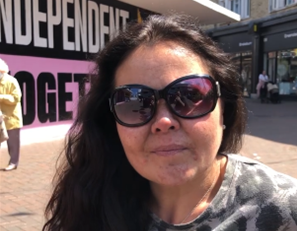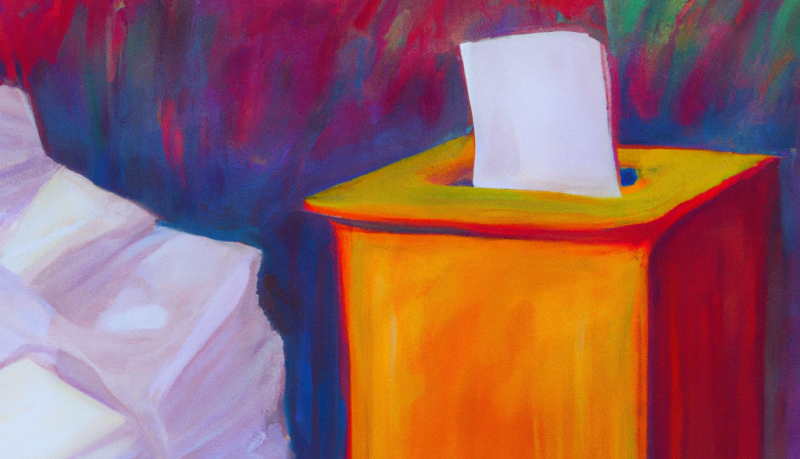Over a thousand seats were lost during the local elections on the 4th of May, and whilst some would be quick to blame the unpopularity of the conservative party, there was another underlying factor caused by the Election Act 2022. Starting from January 2023, the government began a campaign to remind voters to bring their valid photo ID in order to cast a vote in the local elections.
Two million eligible voters lack photo ID, and of the 26,165 voters who were denied ballots at polling stations, 9,577 did not return with their ID to vote. This number does not consider citizens who couldn’t find their ID and therefore did not bother voting. For councillors who lost their seats on a tiny majority, which commonly could be 15 to 20 votes, these extra voters may have been critical to their success.

Debate on the reason that this law was introduced varies depending on the side of the political spectrum. Conservative MPs claimed the law was introduced to combat election fraud, although Labour MP Angela Rayner claimed that requesting photo ID at polling stations is a way to “rig democracy in favour of the conservative party.” In particular, concern was raised over voters who had just turned 18 and whether they would have the time or money to access valid photo identification, as this demographic was more likely to vote for labour.
Ezra Cassidy, 21, had valid identification, but had several friends who were unable to vote. He said, “I know a lot of people my age who don’t have ID because they can’t afford it…for example I think getting a passport costs about £80.”

In reality, the majority of voters who could not access valid photo identification were elderly citizens, who’s demographic typically votes conservative. Silvia Paine, 72, claimed that her passport expired two years ago, and she struggled to renew it in time for the election, explaining “I wouldn’t know how to use the internet, I’d probably have to get my friend to help me renew a passport…that could take six to ten weeks.”
To raise public awareness of the new changes to voter law, the government invested £4.75 million into local authorities to help support methods of advertising the requirement for photo ID from January 2023. Laura Spark, 47, was shocked to hear that a large portion of the general public not only had no access to photographic ID, stating “I do feel that it is our own responsibility to be aware [of changes to the law], but we can only be aware of what they inform us.” When asked if she believed the responsibility lied on citizens to be informed of changes to electoral law, Laura added “I don’t think it was well advertised.”

Members of the public who spoke to the breaker believed that the introduction of photo ID in polling stations was a method of supressing voters, with Laura claiming, “I don’t think there’s ever been an issue with voter fraud in this country.” The intentions of the new law were eventually pointed out by Jacob Rees-Mogg after the results of the local elections. Originally supporting the law, he claimed that “Parties that try and gerrymander end up finding their clever scheme comes back to bite them – as dare I say we found by insisting on voter ID for elections.”
Dr Felicity Rice, 42, is the independent councillor for Bournemouth, Poole, and Christchurch, and won her seat in the local elections by over three hundred votes. She was worried about the objective of the new law, claiming that “it seemed to be a method of decreasing the number of people who could vote, and in my view that was damaging and not helpful, as there wasn’t an issue [with voter fraud].”
Her concern was the actual intentions of introducing voter ID: to notify the government on possible illegal migrants. “It was an additional bit of border control. They were meant to be recording who didn’t have voter ID then reporting that from a migrant point of view, which seemed very shocking.”

From the point of view of the public, the intentions of the conservative government seemed to be primarily in gerrymandering, but there is a deeper possibility of fulfilling policy goals by gathering data through the use of identification in the electoral system.
Some images, including the featured image, were generated with DALLE-2. Prompts reflecting the nature of this story were used as an input for AI technology to create images relevant to the main topic of the story.








